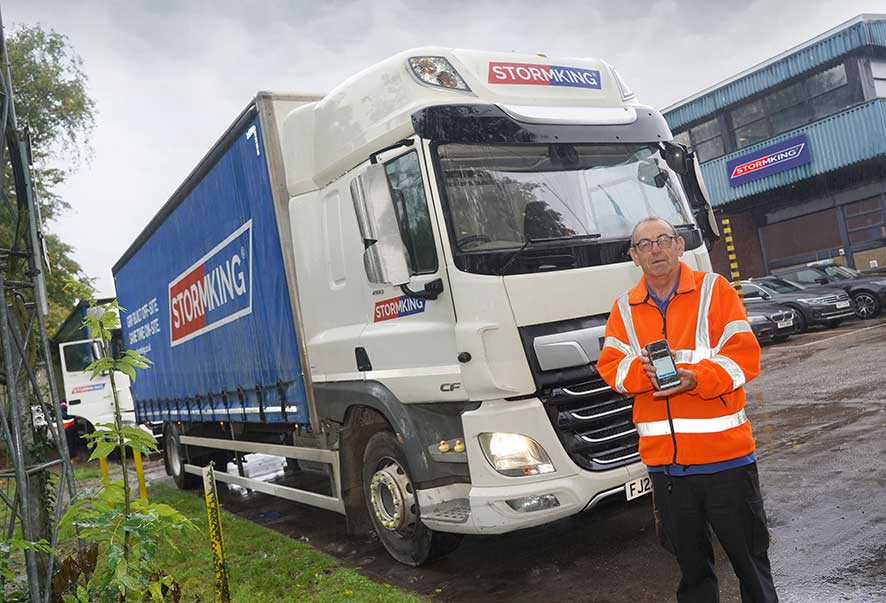Paperless Planning Means Faster Invoicing. Here's How!

Speed and accuracy are key to maintaining customer satisfaction and keeping your cash flow healthy. For many companies, invoicing remains a bottleneck in their operations - delayed by outdated, paper-based processes. The good news? Embracing paperless planning can revolutionise how you handle invoicing, making it faster, more accurate, and more efficient.
Here’s how going paperless transforms your planning and invoicing processes, and why it’s a must for distribution and construction logistics businesses aiming to stay ahead.
The Drawbacks of Paper-Based Processes
- Slow Turnaround Times: Traditional invoicing requires manual data entry, approval, and is an admin-heavy process. Each step introduces delays, especially when documents are lost, misplaced, or waiting on signatures.
- Human Error: Paper invoices are susceptible to errors caused by illegible handwriting, incorrect data entry, or skipped steps. These mistakes can lead to disputes, payment delays, and strained customer relationships.
- Cost Inefficiency: Printing, storage, and mailing costs may seem minor, but over time they can add up significantly. Additionally, time spent managing paper trails is time that could be used for more strategic initiatives.
- Limited Scalability: As your business grows, managing paper-based processes becomes increasingly challenging. The more invoices you handle, the more room there is for errors, delays, and inefficiencies.
How Paperless Planning Speeds Up Invoicing
- Automated Data Integration: With paperless systems, data flows seamlessly across a business. Orders, deliveries, and customer information are automatically recorded and accessible, eliminating the need for redundant manual entry.
- Real-Time Updates: Modern digital tools allow you to track every step of your operation in real time. This ensures invoices are generated promptly once a job is complete or a delivery is made.
- Error Reduction: Digital platforms reduce errors by validating data automatically and ensuring all required fields are completed before an invoice is sent. This eliminates the back-and-forth corrections common in manual processes.
- Improved Customer Communication: Paperless planning makes it easier to send invoices directly to customers via email or through an integrated portal. This immediate communication speeds up the payment cycle and improves transparency.
- Sustainability and Cost Savings: Switching to a paperless approach not only reduces your environmental footprint but also saves money on supplies, storage, and labour.
The Bigger Picture: Enhanced Cash Flow
By accelerating the invoicing process, paperless planning directly impacts your cash flow. Faster, more accurate invoices help reduce the risk of delayed payments. This ensures you have the funds needed to reinvest in your business, pay suppliers, and support business growth.
- Adopt the Right Software: Look for an integrated platform that connects your planning, operations, and invoicing processes.
- Digitise Historical Data: Transition your old records to a digital format to ensure a smooth start.
- Train Your Team: Equip your employees with the knowledge and skills to use the new system effectively.
- Monitor and Improve: Regularly review your processes to identify opportunities for further optimisation.
Paperless planning is more than just a trendy buzzword - it’s a powerful strategy that can transform your invoicing process. By eliminating the inefficiencies of paper-based systems, you’ll save time, reduce errors, and improve cash flow, all while making your business more sustainable and scalable.
Ready to speed up your invoicing and take control of your operations? Contact us today to learn how we can help you make the switch to a paperless solution.


